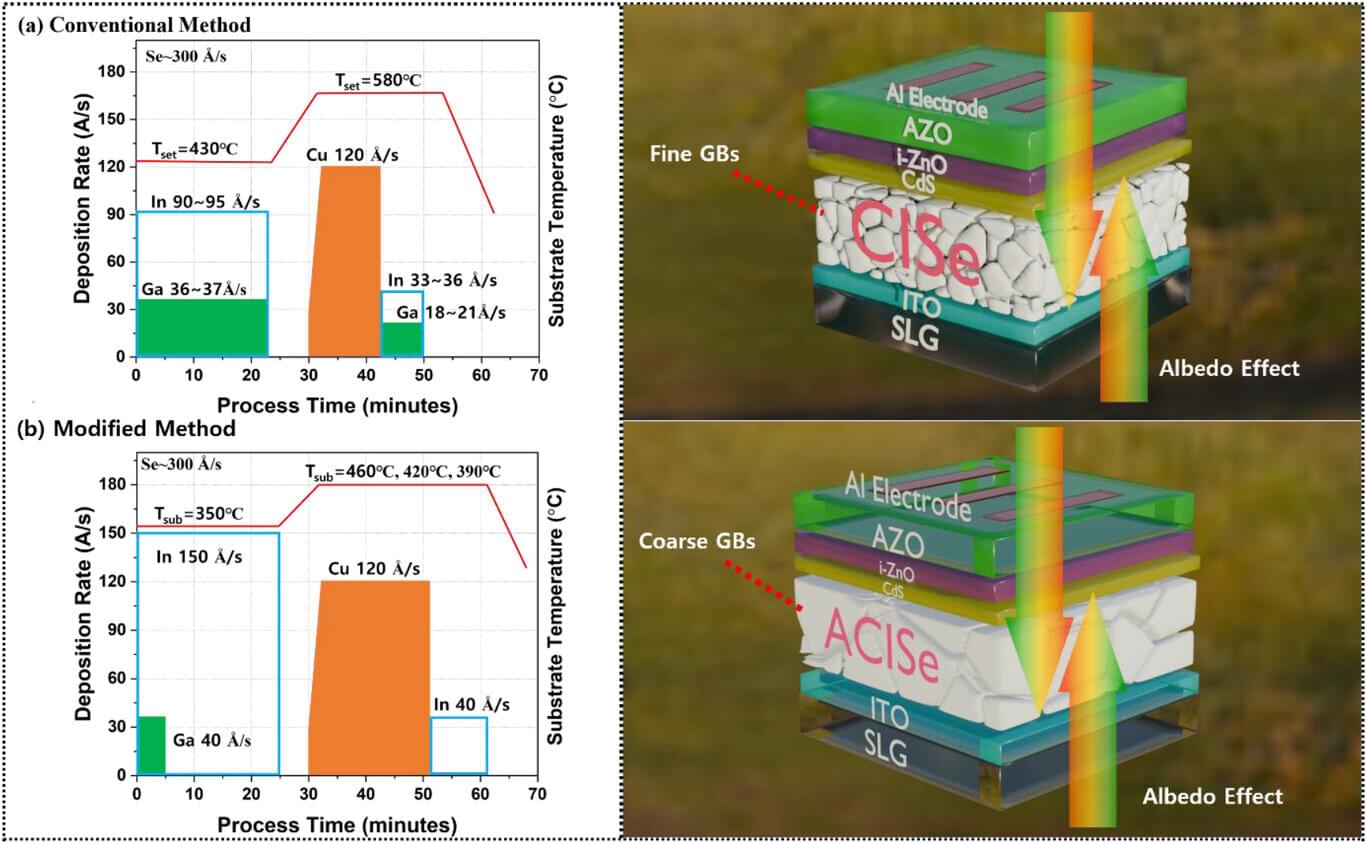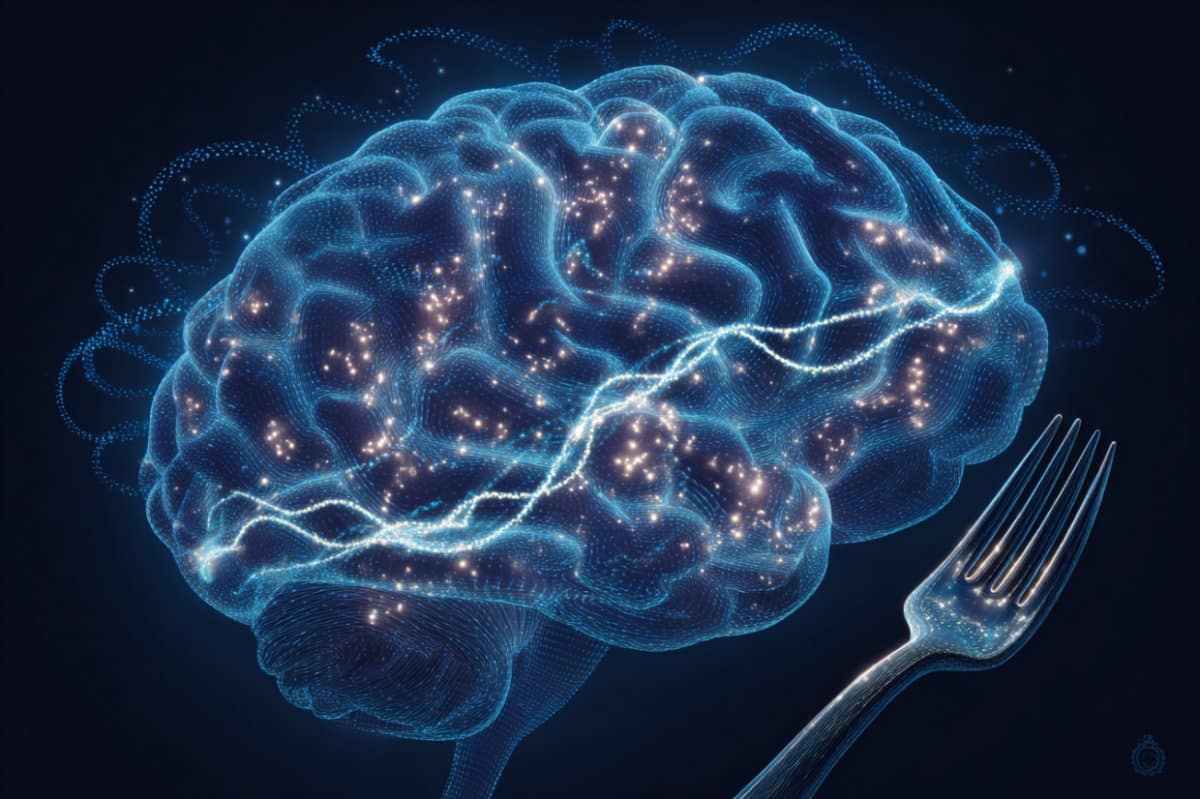Welcome back to In the Loop, TIME’s new twice-weekly newsletter about the world of AI.
If you’re reading this in your browser, you can subscribe to have the next one delivered straight to your inbox.
President Trump will deliver a major speech on Wednesday at an event in Washington, D.C., titled “Winning the AI Race,” where he is expected to unveil his long-awaited AI action plan. The 20-page, high-level document will focus on three main areas, according to a person with knowledge of the matter. It will come as a mixture of directives to federal agencies, with some grant programs. “It’s mostly carrots, not sticks,” the person said.









